Explanation
Located in Sam-ri, Gwangju in Gyeonggi-do, Gwangju Gonjiam Ceramic Park is largely comprised of a historic site from the Old Stone Age Era. This site was where porcelain was made and sold to the royal palace during the Joseon period. The park spans an area of over 6,611 ㎡, consisting of a sculpture park, ceramic shopping mall, cultural hall, performance hall, the Old Stone Age experiential madang, Jungang Lake Square, and other facilities that all visitors can freely enjoy within the park.
Mosaic Park, built based on art works regarding ceramics, and Gyeonggi Ceramic Museum, exhibiting art pieces in sequential order, are the venues for various hands-on programs as well as food culture, outdoor, performances, events and other programs taking place all year round. The park features a multicultural complex that meets every need in tradition, culture, art, education, play, resting and others.
Inquiry
+82-31-799-1500
Homepage
Information Use
Years experience : Open to visitors of all ages
Contact and Information : • 1330 Travel Hotline: +82-2-1330
(Korean, English, Japanese, Chinese)
• For more info: +82-31-799-1500
Parking facilities : Available
Day off : New Year’s Day, Mondays, the day of Seollal (Lunar New Year's Day) & Chuseok (Korean Thanksgiving Day)
Hours : 09:00-18:00
* Last admission: 30 min before closing
More information
Restrooms
Available
Admission Fees
[Gyeonggi Ceramic Museum]
Individuals - Adults 3,000 won / Students 2,000 won
Groups - Adults 2,000 won / Students 1,000 won
* Adults (ages 19-64) / Students (ages 7-18)
* Groups: 20 people or more
* Free admission applies to preschoolers (ages 6 & under) & senior citizens (ages 65 and older)
* Biennale period: Admission will vary according to the Biennale fare.
Available Facilities
Gyeonggi Ceramic Museum, lotus flower colony, Overnight Camp Academy, Stone Age Campsite, autumn garden, sculpture park, story forest, Spain Sculpture Park, Expo Sculpture Park, Korean Garden, tea ceremony showing room, outdoor performance hall, farming experience site, etc.
Location
727, Gyeongchung-daero, Gwangju-si, Gyeonggi-do

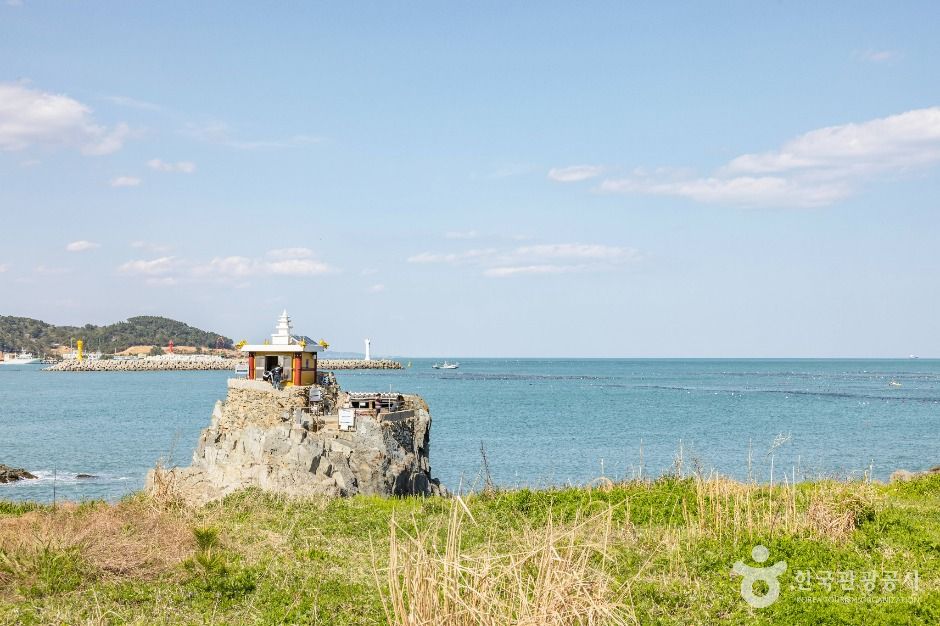
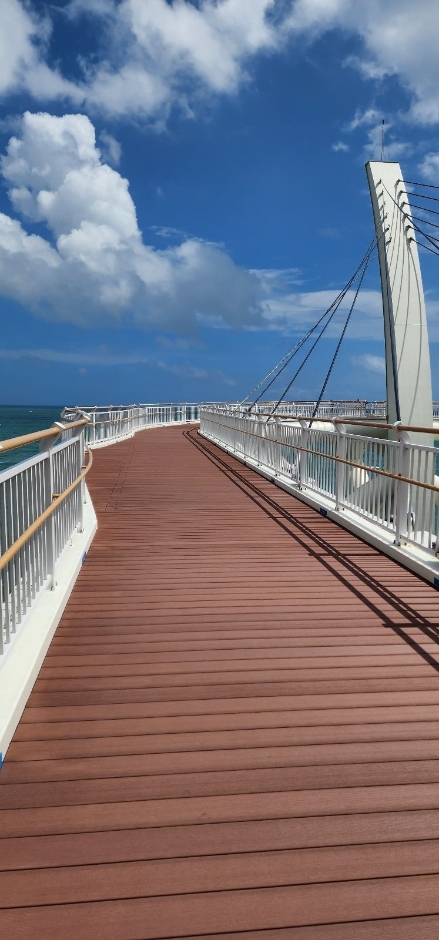
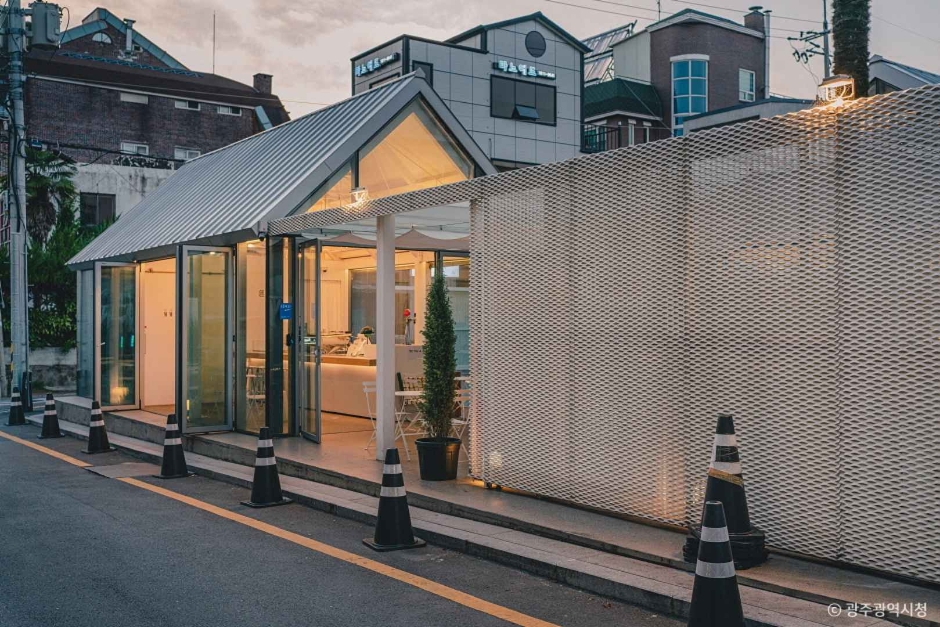
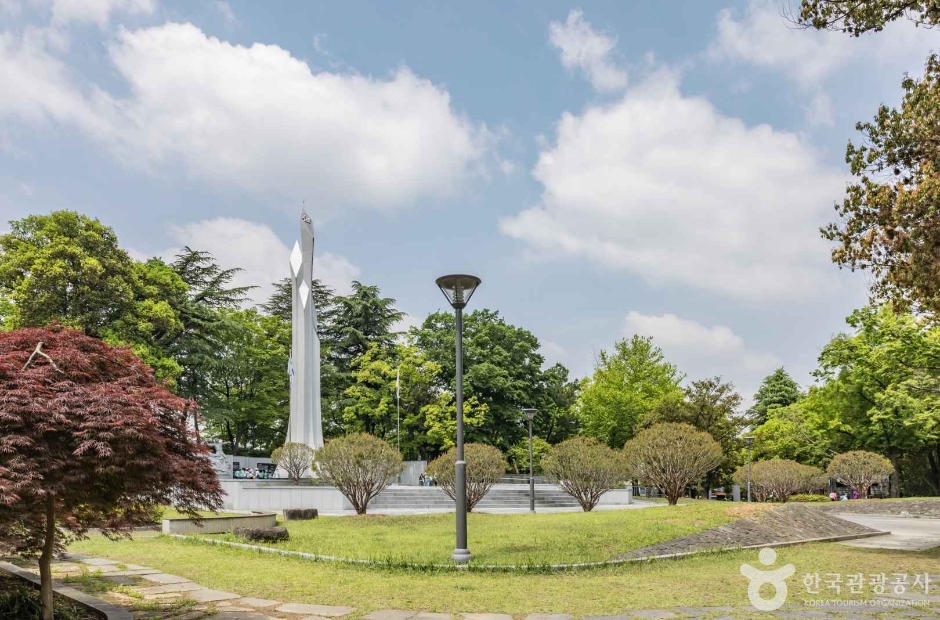
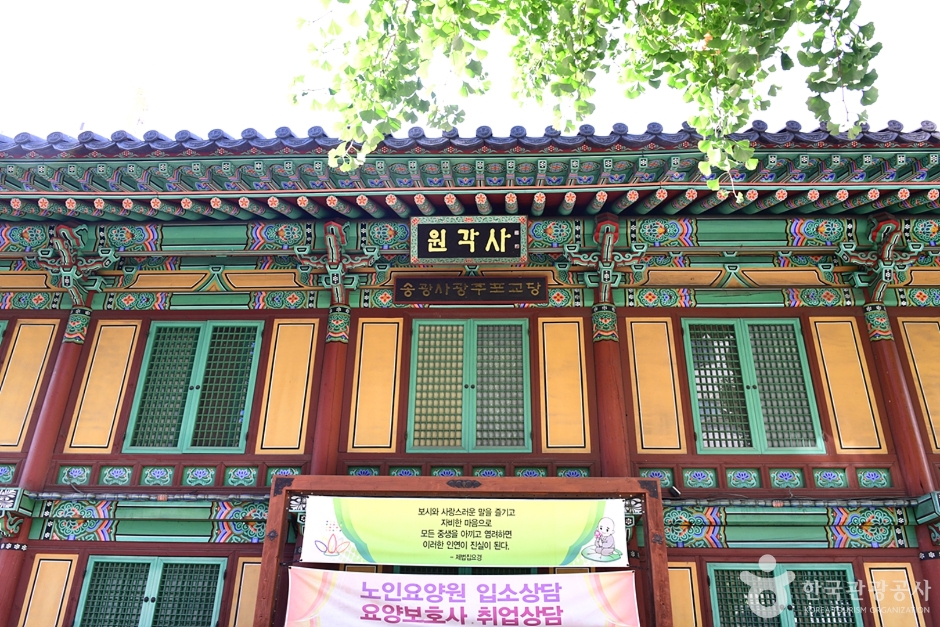
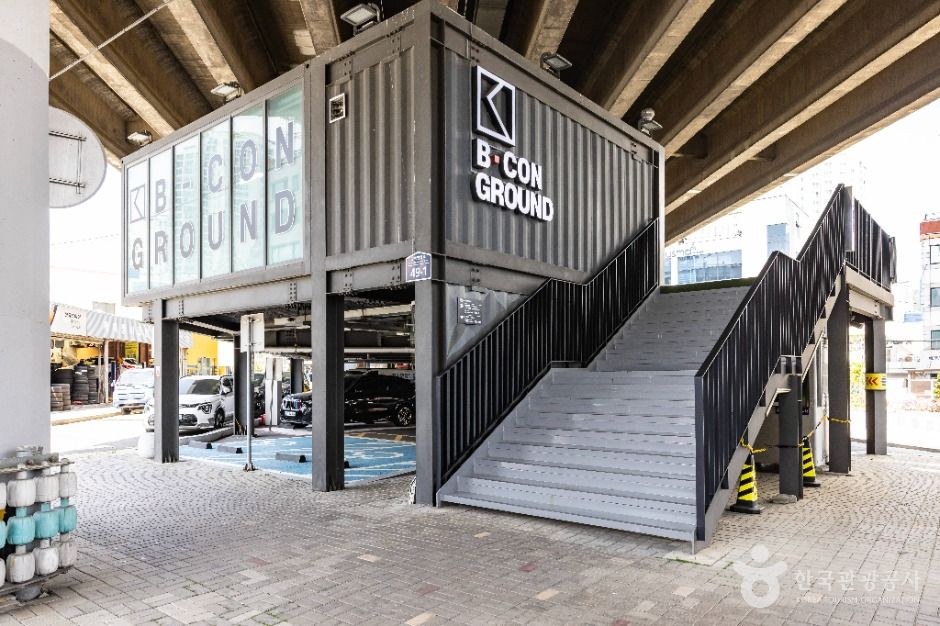

 English
English
 한국어
한국어 日本語
日本語 中文(简体)
中文(简体) Deutsch
Deutsch Français
Français Español
Español Русский
Русский